

Quellaveco Open Pit Copper Mine
Client: Anglo American (majority owner) and Mitsubishi
Location: Near Moquegua, Peru
Business Segment: Urban Solutions
Industry: Mining & Metals

Executive Summary
Quellaveco is an open pit copper mine with ore processing capacity of 127,500 tonnes-per-day via conventional crushing, grinding and flotation technology. First copper production was achieved in mid-2022. The mine is expected to deliver around 300,000 tonnes per annum of copper in the first ten years of operation.
Fluor executed engineering, procurement and construction management services, with scope including the processing plant, roads, dams, tunnels, pipelines and overland conveyors.
Quellaveco is the first 100% digital mine in Peru, with real-time information directed to an Integrated Operations Center that unifies all mine processes at a single site for greater predictability, decision making, scenario visualization and highly efficient water usage.
&w=3840&q=75)
Client's Challenge
The Quellaveco mine is located at the high altitude of 3,000 to 3,500 meters above sea level and required significant investment in road and water infrastructure over a geographically widespread area spanning roughly 150 kilometers from the mountains to sea level. The project required careful planning for certain critical construction activities to start and finish in the annual dry season.
Following the client’s vision, a sustainable mining blueprint and a technically superior operation were key objectives on this highly complex mega project.
&w=3840&q=75)
Fluor's Solution
The Quellaveco project was extensively studied for a range of capacity options, process technologies and layout configurations to build a highly automated, technically most advanced mine with a low environmental footprint and highly efficient water management.
To limit construction activities at high altitude as much as possible, Fluor pre-assembled select structures in a controlled off-site environment, optimizing safety, efficiency and pace of work.
Despite the challenge of a global pandemic hitting the project during the peak of construction, Quellaveco was completed in 2022, on budget and on schedule.
&w=3840&q=75)
Conclusion
Fluor’s team constructed one of the world’s most technically advanced mines. Features include autonomous drilling and haulage fleets, a remote operations center, digital twin technology, minimal water usage for steady-state operations and a power supply sourced entirely from renewables.
The Quellaveco project represents Anglo American’s FutureSmartMiningTM strategy.
&w=3840&q=75)
Project Gallery

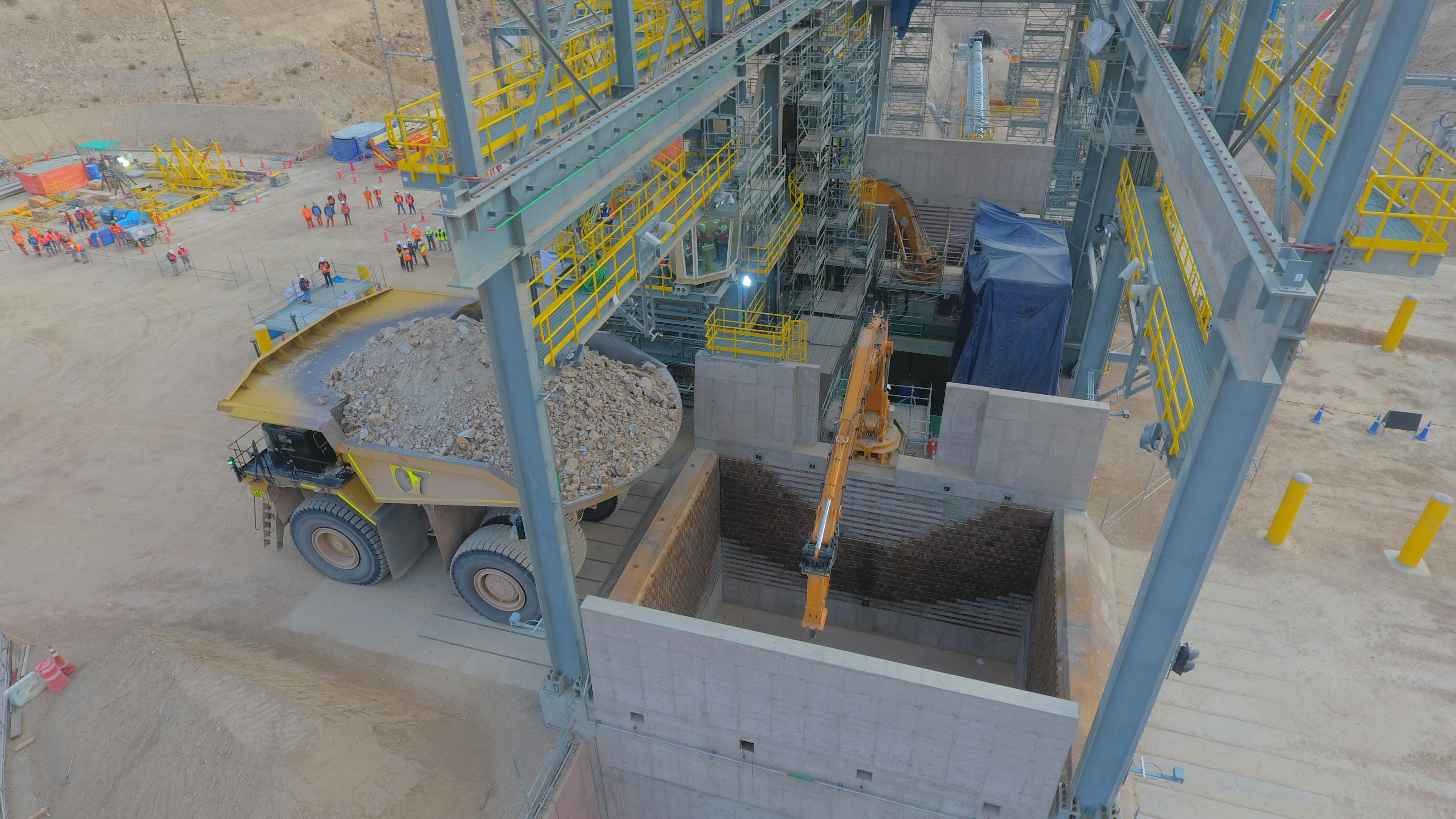

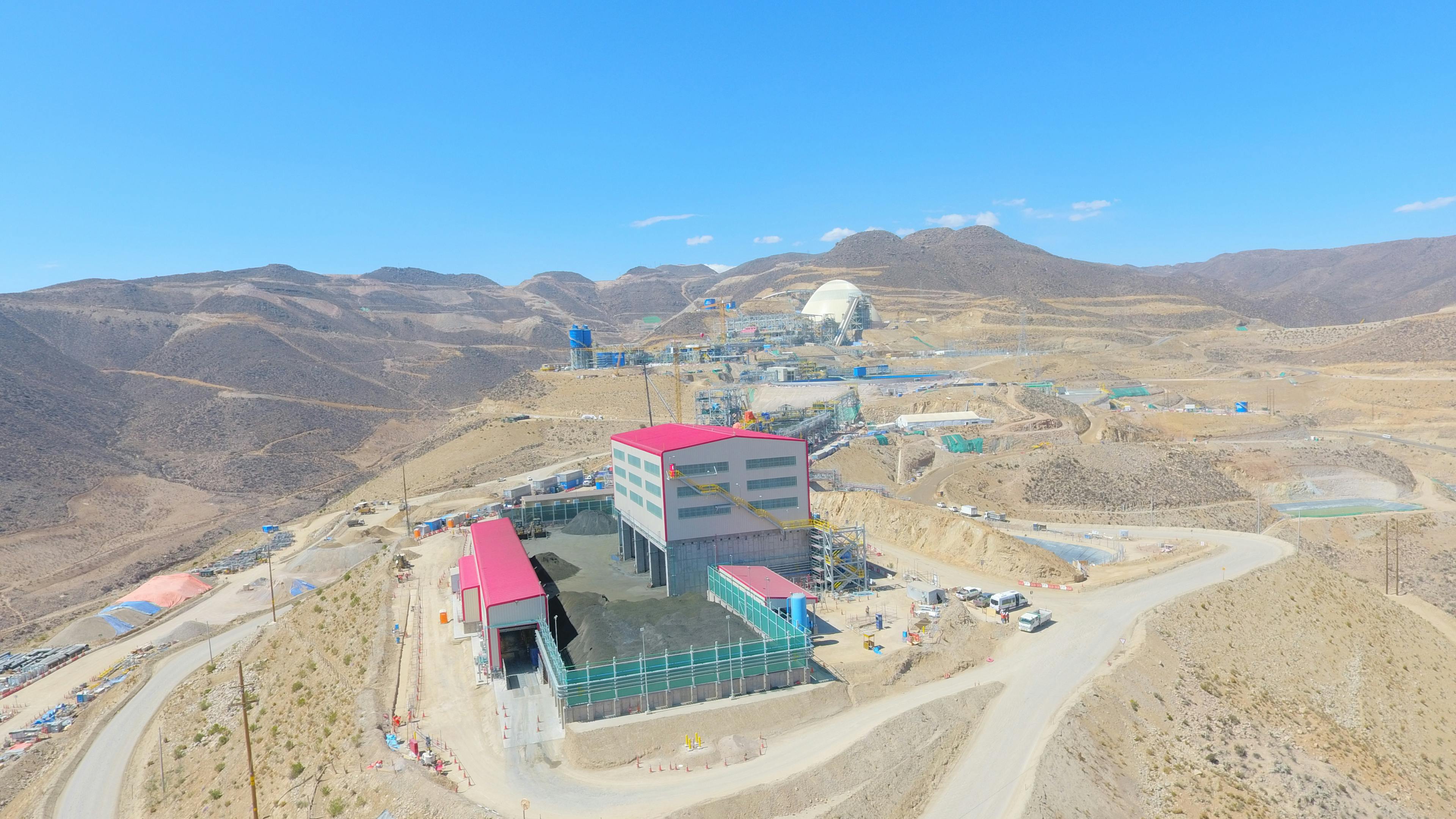
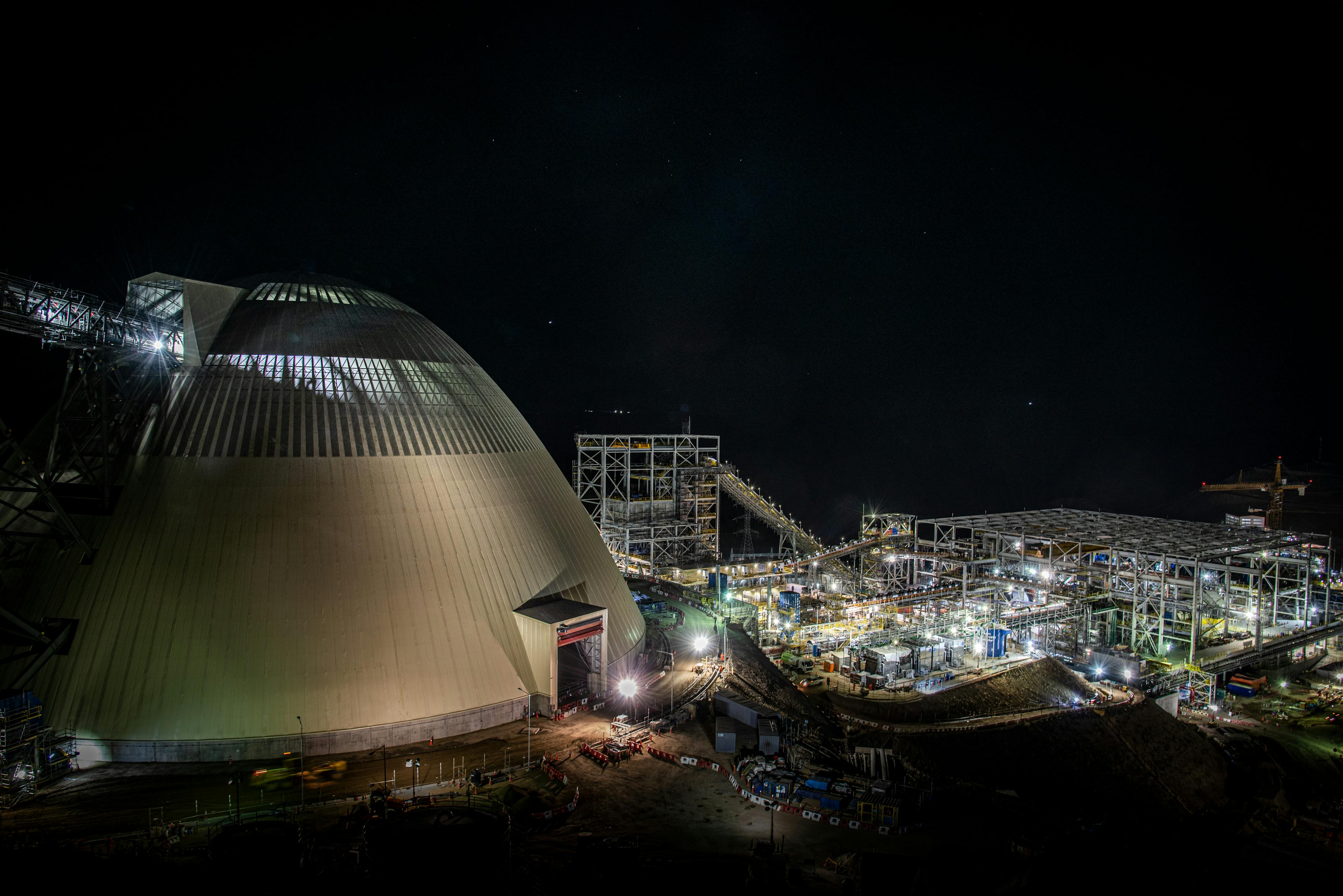
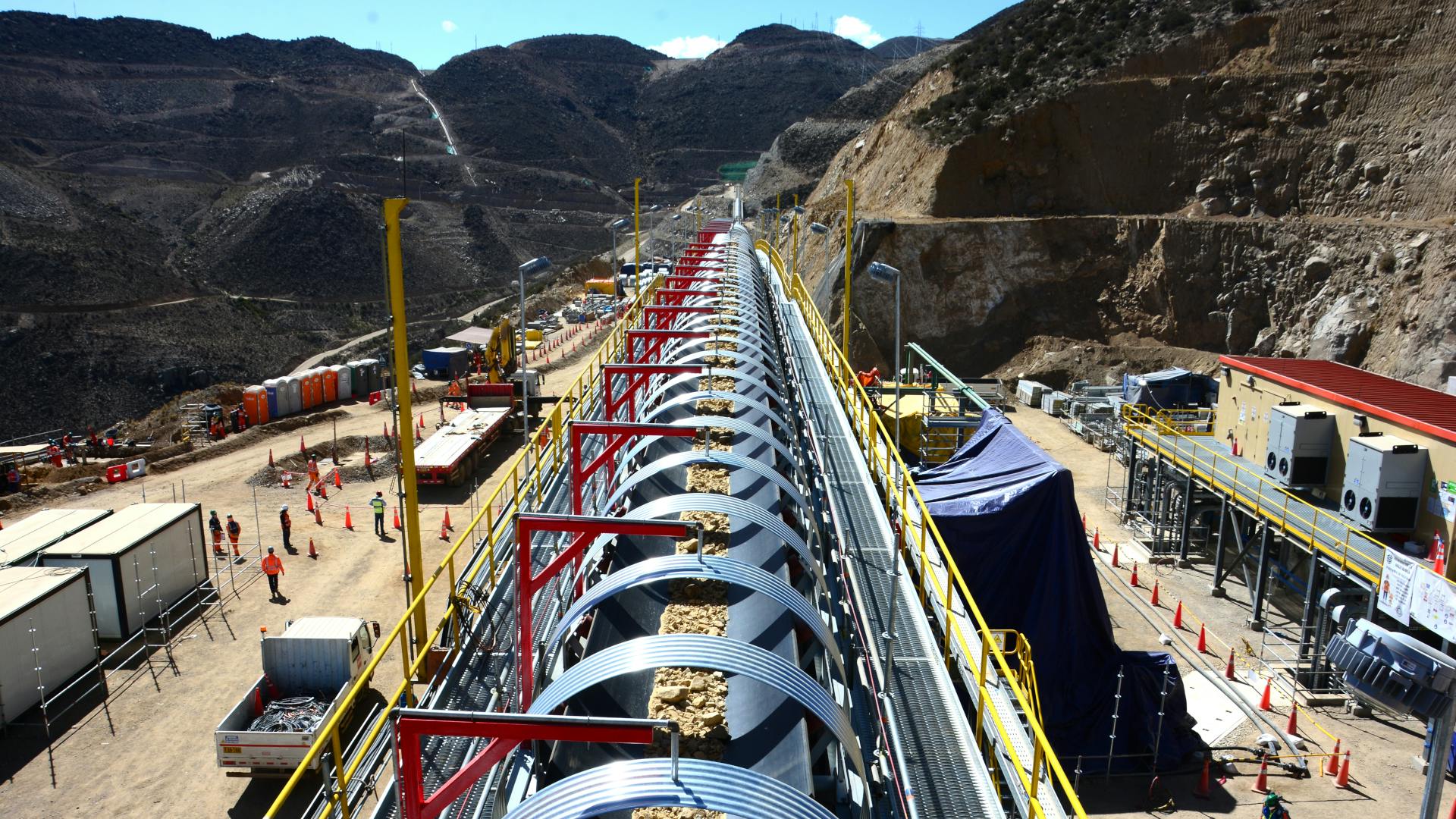
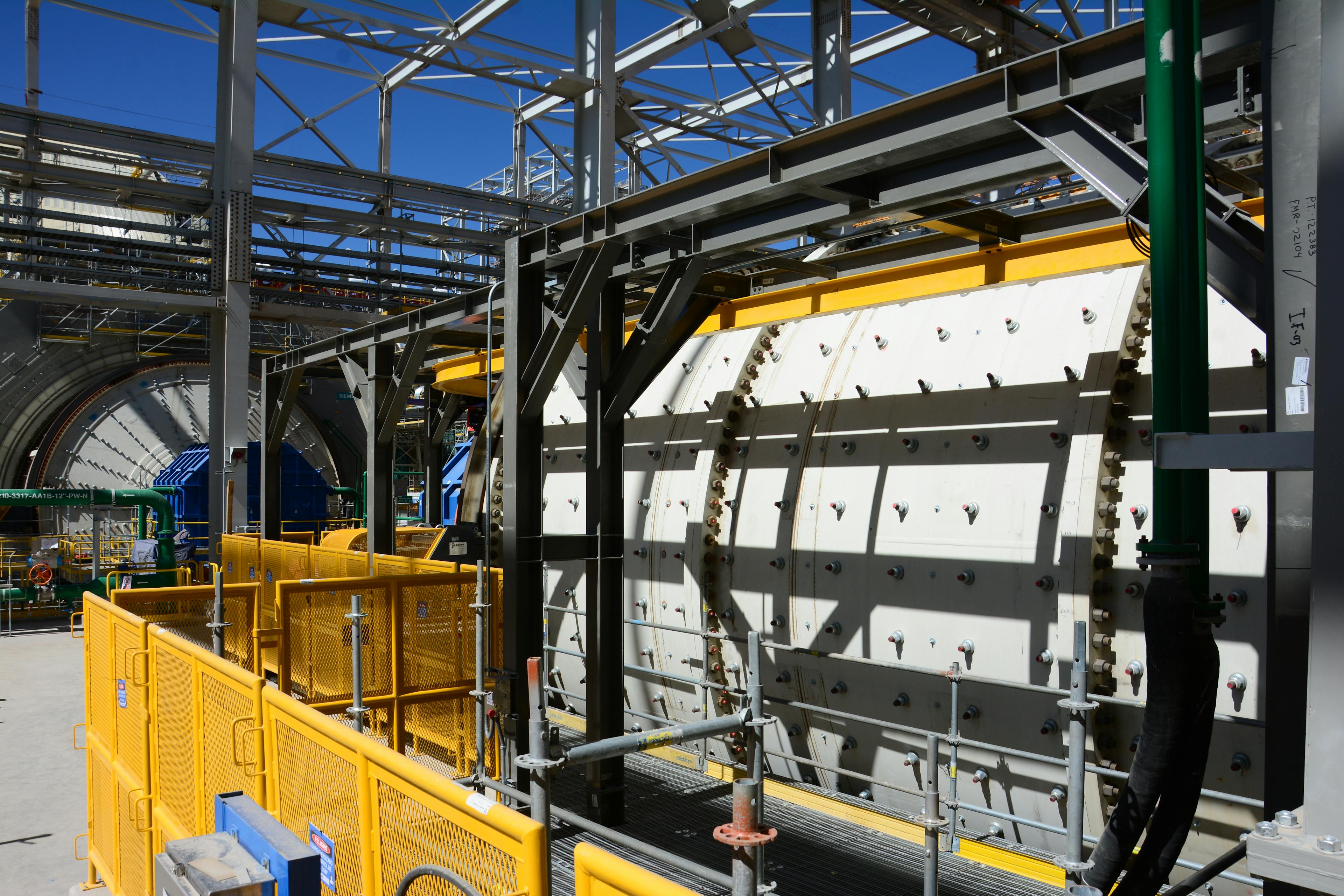
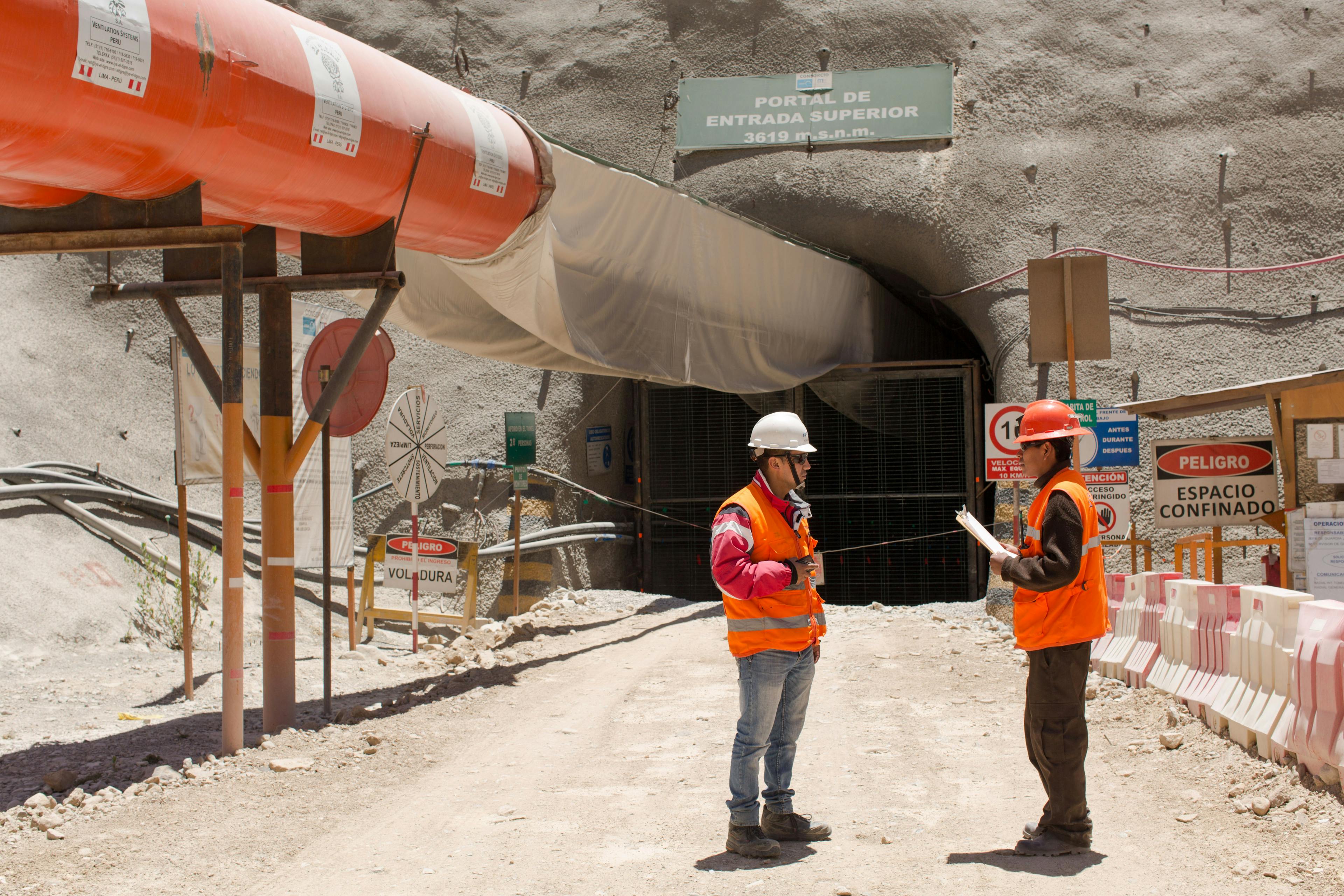
&w=3840&q=75)
&w=3840&q=75)

